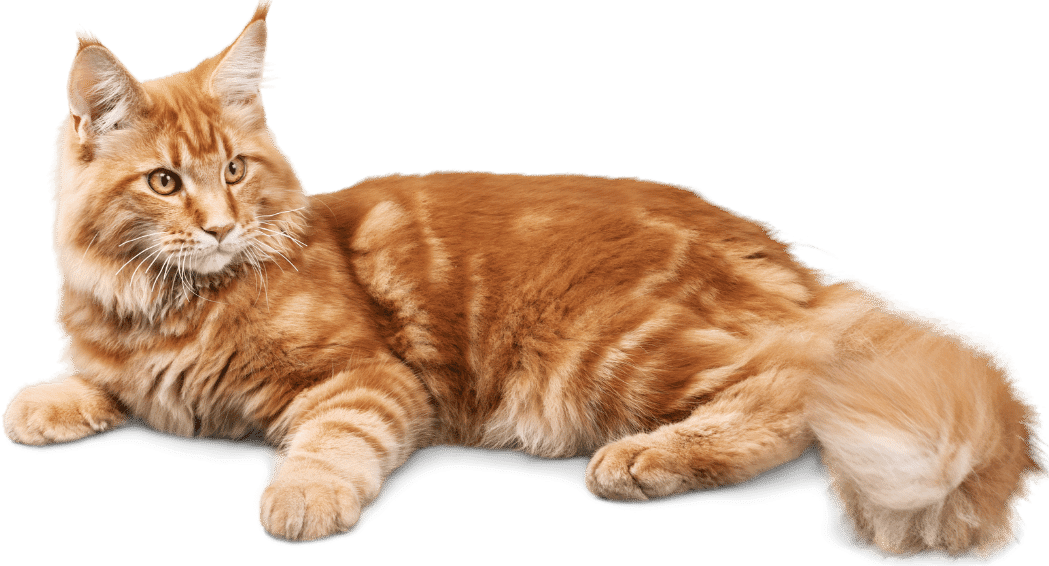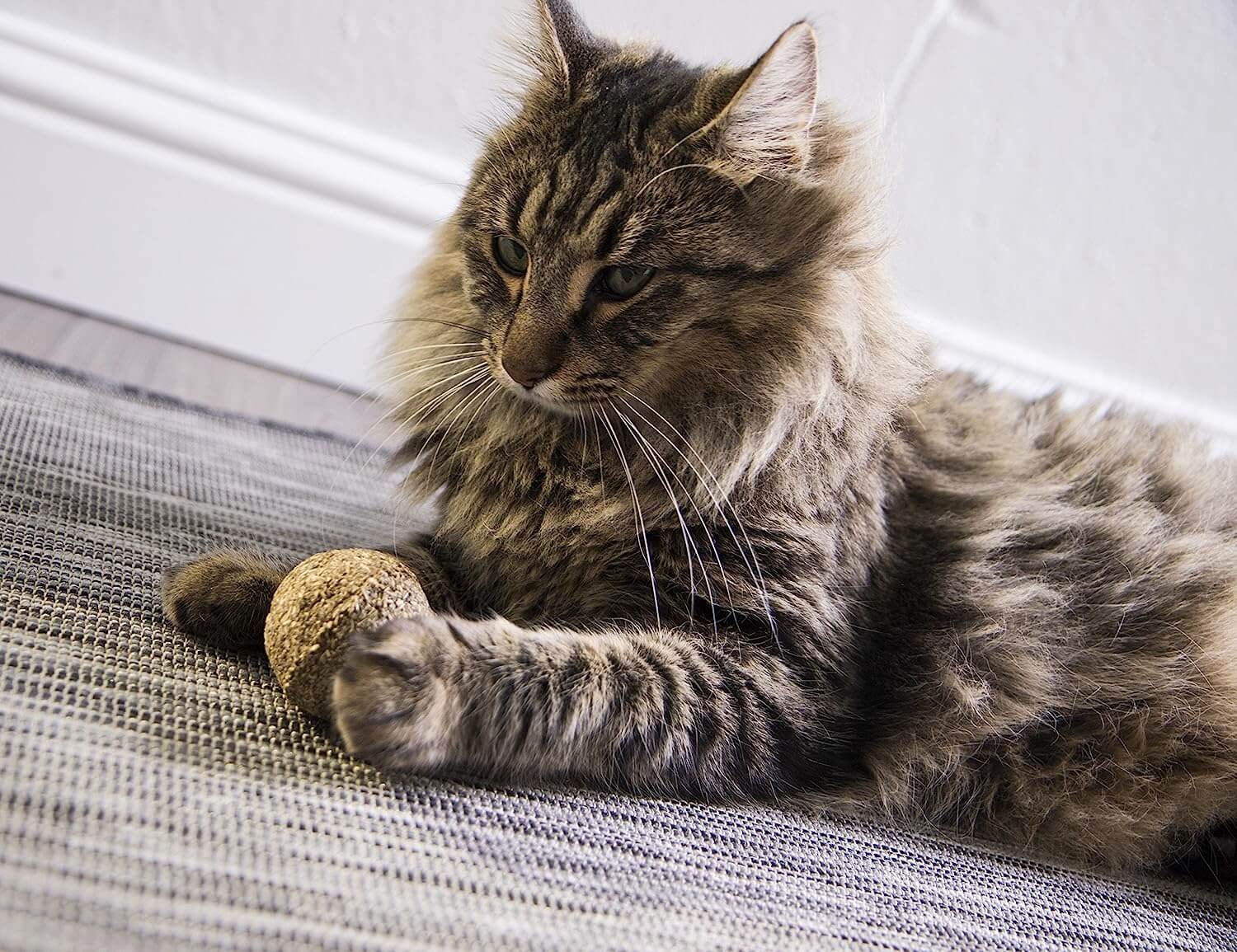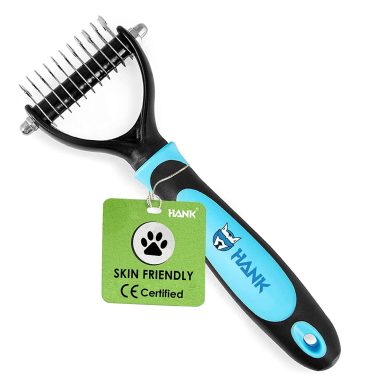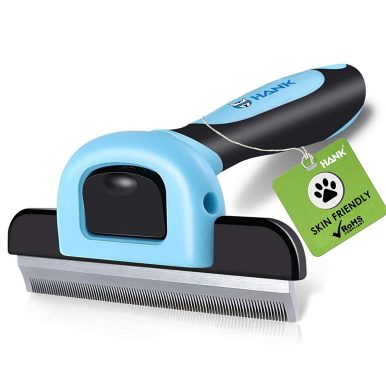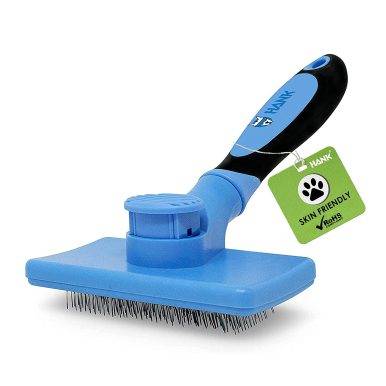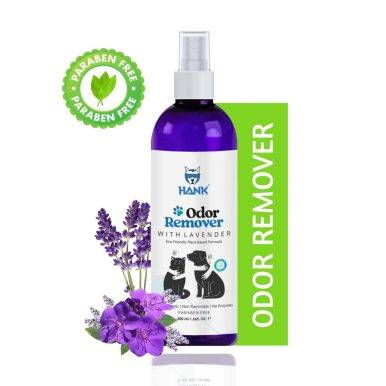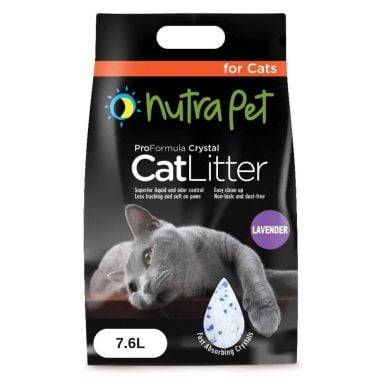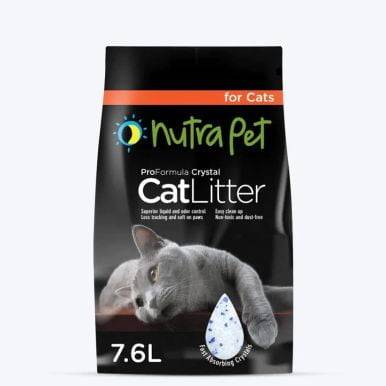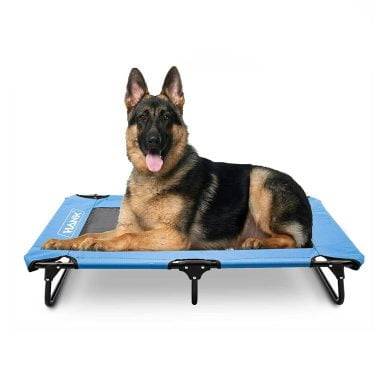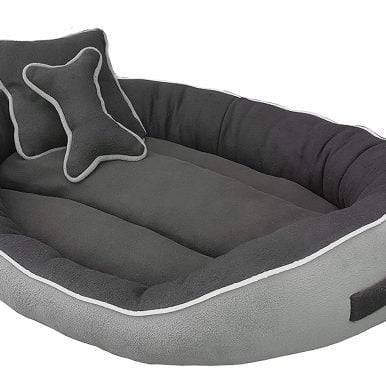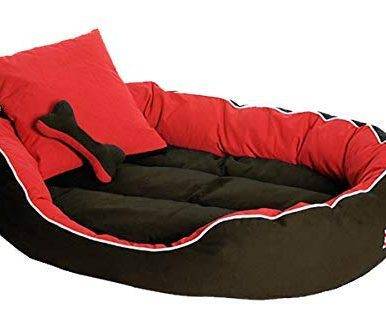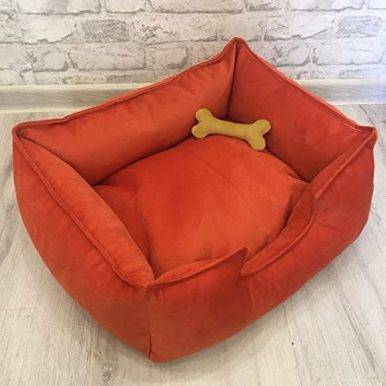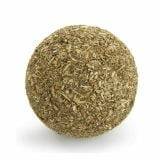
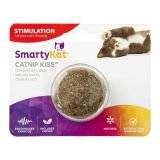


Catnip Kiss Compressed Catnip Ball Toy – Natural
No reviews
₹909.00 Original price was: ₹909.00.₹899.00Current price is: ₹899.00.
You Save: 10.00 (1%)
Description
A catnip kiss compressed catnip toy for cats. it is useful for playtime fun for cats. concentrated catnip power. comes in a ball shape. all the fun of catnip without the mess.
Shipping & Delivery

100% Money-Back Guarantee
😄 Buy Now & Get Your Order By 3 to 4 Working Days.
😎 Your Satisfaction is Our Top Priority.
👍 100% Satisfaction Guarantee.
📞 Any Questions! Feel Free to Call Us - +918278844541
PRODUCT FEATURES & BENEFITS
- ✅ 100% NATURAL - SmartyKat catnip is all-natural and made with no fillers; it's pure, potent, and meets your cat's essential needs for stimulation
- ✅ LESS MESS - Concentrated catnip powder is tightly compressed into a small ball shape, enticing cats to frolic, romp, and play; never deal with the mess of loose catnip flakes ever again
- ✅ STIMULATING - Catnip contains aromatic oils that give cats a euphoric buzz and stimulates their instincts; most cats respond to catnip with a burst of energy, or frenzied behavior, followed by a period of blissful relaxation
- ✅ EASY TO USE - Lightly squeeze catnip-filled or compressed items to help release the natural active ingredient in catnip, and spark another round of exciting and frenzied romp and play
- ✅ PRODUCT DETAILS - Catnip Kiss; One Size, 1.87" x 1.87" x 1.87"
You may also like…
Summer Sale
HANK Pet Safe Dematting Comb Easy Mats and Tangles Remover (Upgraded Version)
36 reviews
Summer Sale
HANK Pet Nail Grinder With LED Light Design | Suitable for Large to Small Pets
41 reviews
Summer Sale
HANK Pet Grooming Brush shedding by Up to 95%
13 reviews
Summer Sale
HANK Self Cleaning Slicker Brush for Pets
3 reviews
Summer Sale
HANK Pet Odor and Urine Smell Remover with Lavender
1 review
Silica Gel Cat Litter – 7.6 ltr (Lemon Scent)
No reviews
Silica Gel Cat Litter – 7.6 ltr (Lavender Scent) 99% Dust Free
No reviews
Silica Gel Cat Litter – 7.6 ltr (Non -Scented)
No reviews
Related products
HANK Elevated Pet Bed | Washable Foldable Heavy-Duty | Large
15 reviews
Pet Bed With Anti-Skid Bottom & Machine Washable (Gray)
No reviews
Select options
This product has multiple variants. The options may be chosen on the product page
Pet Bed With Anti-Skid Bottom & Machine Washable (Red & Brown)
No reviews
Select options
This product has multiple variants. The options may be chosen on the product page
Cat Bait Cat Wand Toy
No reviews
Pet Bed Machine Washable (Grey)
No reviews
Select options
This product has multiple variants. The options may be chosen on the product page
Pet Bed With Anti-Skid Bottom & Machine Washable (Orange)
No reviews
Select options
This product has multiple variants. The options may be chosen on the product page


